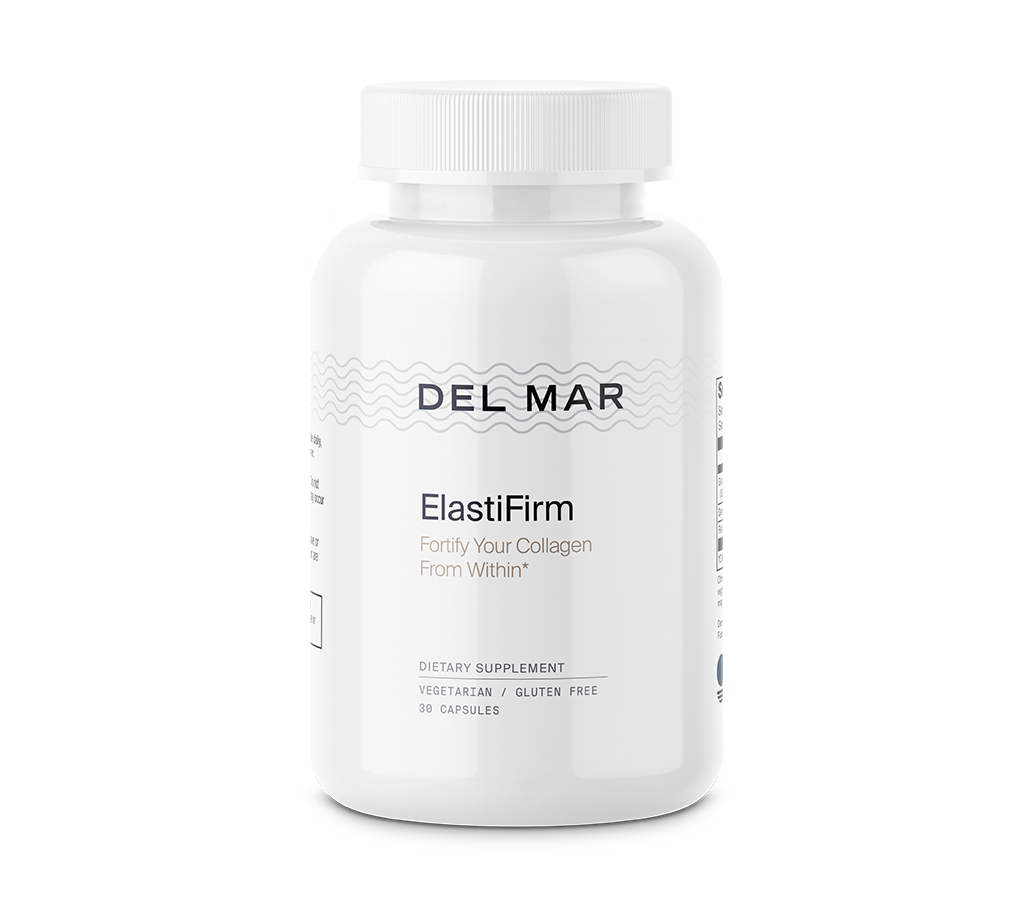Most people think of exercise simply as a way of toning up and losing weight…
But did you know that breaking a sweat can improve your skin health too?
Few do.. Which is why in my latest health bulletin, I’ve detailed 5 different ways that regular exercise can help restore youthful, radiant skin at any age…
And to get you started, I’ve also included specific exercise options that contribute to the various health and skin benefits available to you.
Here’s the first…
—
Standard cardiovascular exercise such as jogging, cycling, and swimming improves blood flow throughout your entire body, especially in your skin.
The benefit of improving blood flow to the skin is that your body will have an easier time delivering fresh, nutrient-rich blood to your skin cells, better allowing them to regenerate and repair themselves.
When combined with a diet rich in skin-repairing nutrients such as omega-3 fatty acids and collagen, regular cardiovascular exercise will keep your skin looking fresh and young for years to come.
When you think about working up a sweat, you may think that exercise dehydrates your body… After all, sweat is literally moisture leaving your body.
However, research has shown that higher activity levels are associated with increased hydration1. So if dryness is your biggest skin challenge, especially in the cold winter months, regular exercise of any kind (along with plenty of water of course) is a powerful way of moisturizing your skin from within.
To reap this skin-saving benefit of exercise for yourself, simply choose a heart rate-raising activity you enjoy to add into your routine a few times per week.
Chronic exposure to physical, mental, emotional, and environmental stress raises cortisol (your stress hormone) levels, causing body-wide inflammation.
When your cortisol levels are elevated for extended periods, your skin produces excess oil, which can clog your pores and cause breakouts.
Plus, the inflammation that comes with excess cortisol can also trigger a release of cytokines—which are little scavenger cells that set out to damage healthy tissues in your skin, causing wrinkles and saggy skin.
Low-intensity movement practices such as yoga or pilates can calm your body’s stress response and reduce inflammation throughout your entire body.
Ensuring 7-9 hours of high-quality, deep, restful sleep is essential for anyone who wants to maintain a youthful, glowing, and wrinkle-free complexion.
As you enter the deep phases of sleep, your body gets to work repairing and restoring itself, including the cells in your skin.
Which is why if you’re not sleeping enough, you can expect to “enjoy” puffy facial skin and dark bags under your eyes.
Exercise is an important component of quality sleep because the energy you expend helps your body want to go to sleep—which is especially useful for those of you who end up feeling “tired but wired” at night.
That being said, try to avoid working out too close to bedtime, as your body needs some time to naturally calm down and relax before sleeping.
There’s an interesting study which found that a major cause of aging skin is due to a lack of mitochondria in your skin cells…
Mitochondria are your cells’ ‘battery’, producing energy and helping your body restore and repair itself.
Sadly as you age, mitochondria activity declines…
But exercise boosts mitochondria function, slowing down signs of aging2.
In other words, exercises like running, hiking, biking, or anything else that keeps your heart rate elevated for extended periods of time will reactivate the mitochondrial energy factories that slow down your skin’s aging process.
—
If you’re looking to erase signs of aging and look decades younger than your “real” age, regular exercise is one of the best habits you can have.
So try some suggestions from this health bulletin, find something you enjoy, make that exercise a habit, and watch your skin transform before your eyes.
To your health,
Sandra Wright











